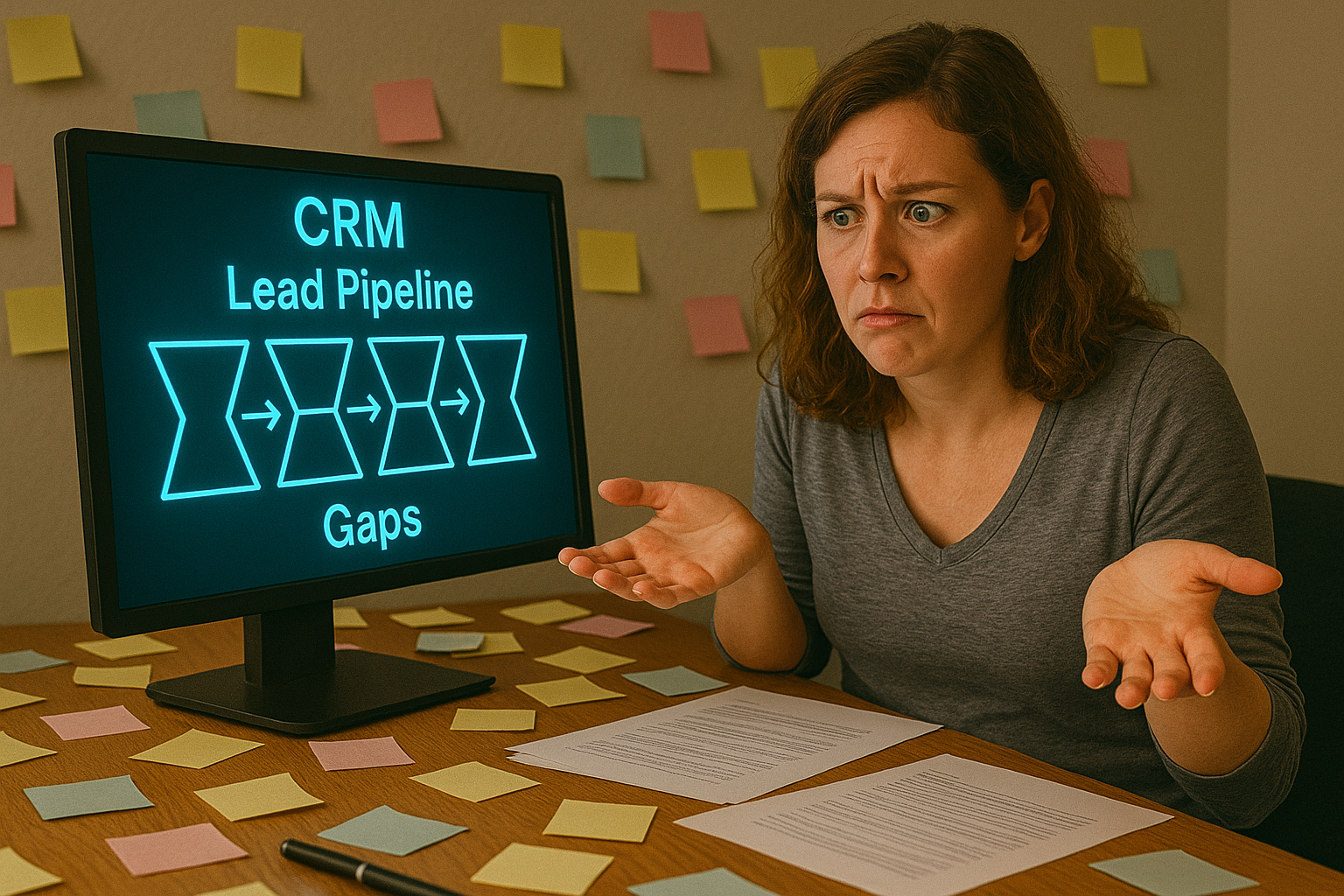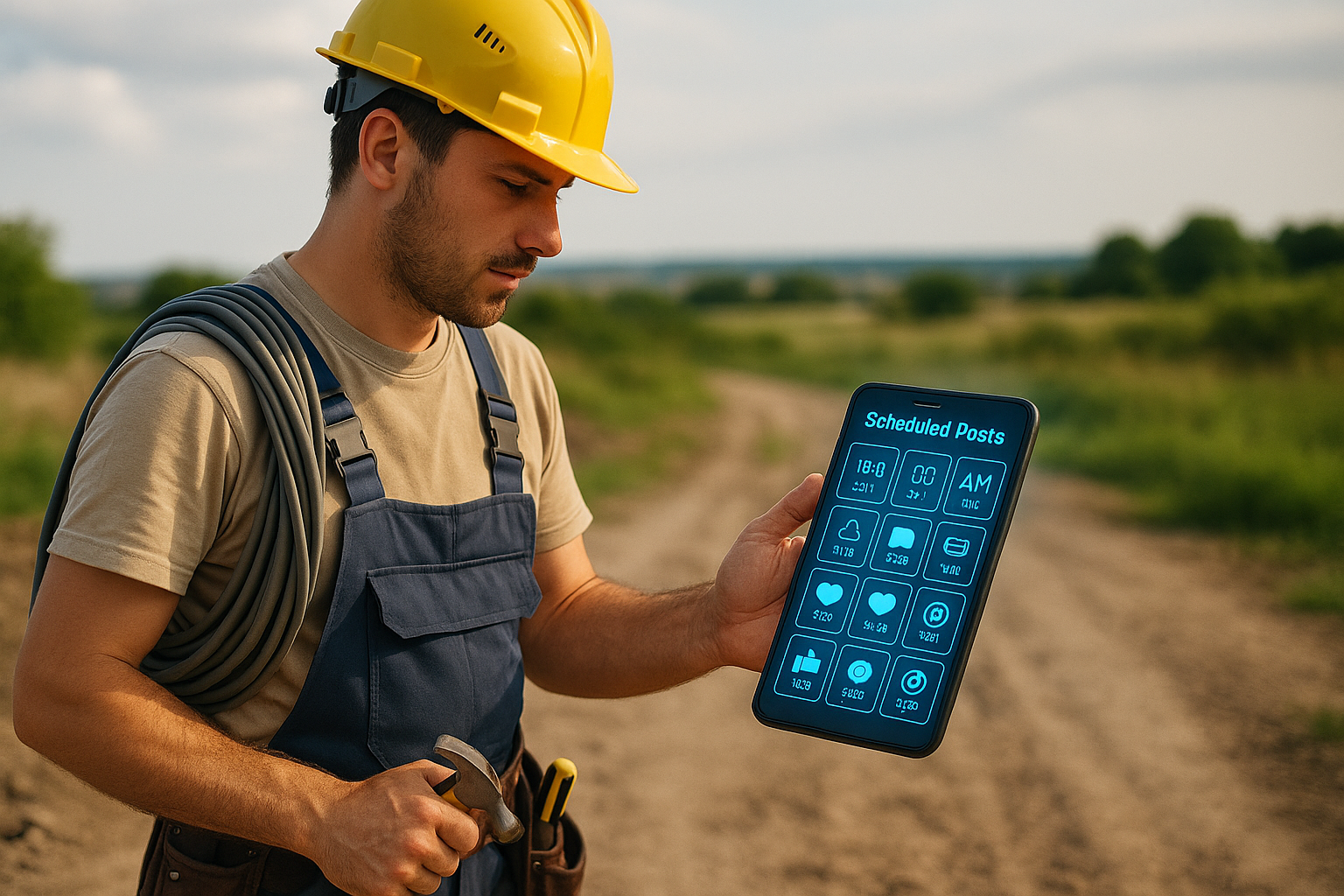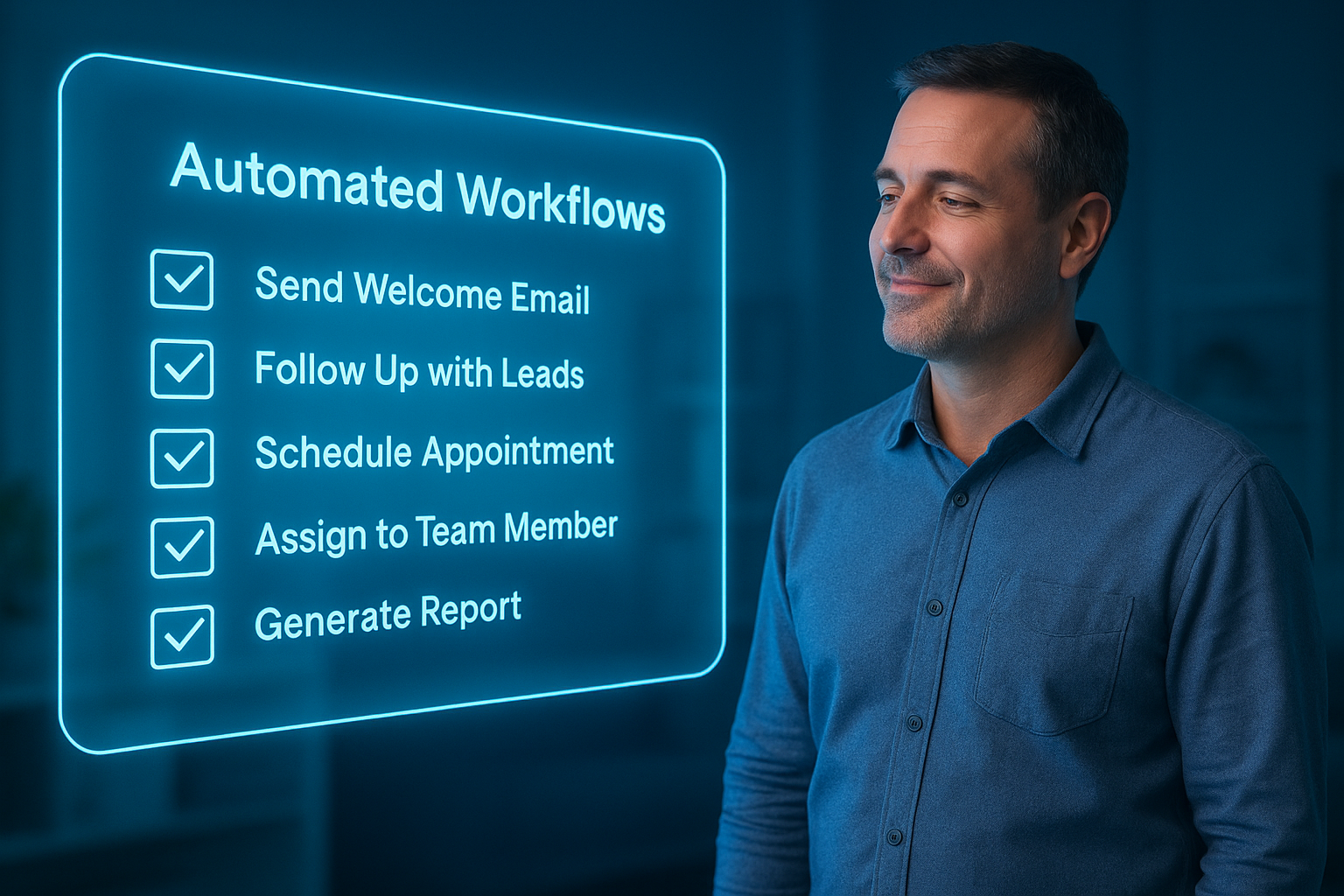Scale Without Sacrificing Quality: How Systems Protect Your Standards as You Grow
You Don’t Have to Choose Between Growth and Greatness

Most business owners think they have two choices:
- Stay small to keep quality high
- Grow fast and watch quality slip
But what if the real answer was… neither?
You can grow—and keep your standards. The key is systems.
Why Growth Usually Breaks Things
Here’s what typically happens when a business starts growing:
- More clients = more pressure
- More hires = more training gaps
- More revenue = more risk of inconsistency
Suddenly, the thing that made you successful—your personal touch, high standards, or fast response—starts to slip.
Not because you stopped caring. But because you stopped being the one doing it all.
What Systems Actually Do
A good system doesn’t just replace manual work. It protects quality.
When you systematize:
- Your delivery process becomes consistent across every job
- Your team knows exactly what to do, when to do it, and how to do it well
- You can trust your business to run without constantly checking in
It’s not about automating everything. It’s about making sure the important things never fall through the cracks.
Check out The Systems-First Scaling Strategy to reinforce this principle.
Real-World Example: Shake Shack’s Growth Model
Shake Shack scaled from a single hot dog cart into a globally recognized brand—but refused to compromise on quality.
Their secret?
- Every new location follows exact operational checklists
- Managers receive extensive systems training
- Core values are embedded into SOPs and onboarding
Even as they grew into hundreds of locations, customer satisfaction remained high—because their systems weren’t just efficient. They were intentional.
Source: Harvard Business Review, Danny Meyer Interviews, Shake Shack Investor Reports
What Scaling with Systems Looks Like
Example 1: Client Onboarding
Before: Every new client gets a different experience. After: Each client receives a branded welcome sequence, onboarding form, and intro call—with zero delays.
Example 2: Team Task Management
Before: Tasks are delegated verbally or via Slack messages. After: Every recurring task has an SOP and is tracked in a shared dashboard.
Example 3: Quality Checks
Before: You rely on gut instinct to know if work was done right. After: Quality checkpoints are built into each workflow—automated and human-verified.
Your Clients Can Feel the Difference
When you scale without systems, things slip:
- Emails get missed
- Deadlines get pushed
- Clients start asking, “What’s going on?”
But when you build your business on systems:
- Clients feel consistency
- Your brand earns trust
- Word-of-mouth grows because of your dependability
Check out Duct Tape Doesn’t Sell to learn how how disjointed systems show up in your client experience.
Systems Don’t Replace You. They Represent You.
Most business owners hold back from scaling because they’re afraid the business won’t feel like them anymore.
But the right systems don’t dilute your brand—they amplify it.
They help every team member deliver the same level of service you would. They create experiences that are repeatable, not robotic.
And they allow you to grow without lowering the bar.
Final Takeaway
Growth doesn’t mean letting go of your standards.
It means building systems that let you raise the bar—without raising your stress.
Next Steps
If you’re ready to scale without sacrificing quality, schedule a Business Audit with The Omnia Co. We’ll help you design and implement the systems that keep your standards high while your business grows fast and sustainably.
More Marketing Tips, Tricks & Tools










